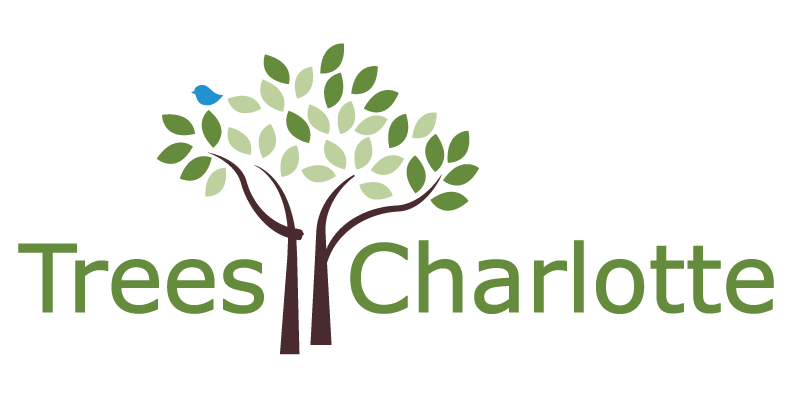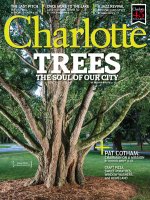Tree Population Falling in Cities

Despite their aesthetic, economic and safety benefits, trees are disappearing from city sidewalks. Why?
BY: TOD NEWCOMBE | SEPTEMBER 2012
Trees have a tough life in cities. They face heavy stress from storms, insects, air pollution, road salt, low-quality soil and even reckless drivers. Yet the benefits of a healthy tree population are vast, from the numerous environmental qualities to the aesthetic value that comes with a green canopy in a city park or along a busy street.
There’s also the economic value of trees. Real estate experts say trees on residential and commercial properties can increase the value by as much as 23 percent. They can also cut the cost of cooling a home or building, and their ability to absorb and store carbon dioxide makes them a great investment. According to the U.S. Forest Service, that value can average $2,500 per tree in urban areas.
Despite the clear-cut evidence — excuse the pun — that more trees are better, our urban forests are in decline, according to a study released this year by Forest Service researchers. By analyzing aerial photographs of tree cover in 20 cities, they found cities suffer a net loss of 4 million trees annually. New Orleans had the worst loss of tree cover (Hurricane Katrina was a major factor), followed by Houston and Albuquerque. With 19 out of the 20 cities showing a reduction in tree cover and 17 showing losses over a time period ranging from three to six years, there is a clear downward trend in urban tree cover.
The reasons for such a broad decline vary, according to Eric J. Greenfield, a forester for the U.S. Forest Service and co-author of the study. He mentions wind storms, drought, pest infestation, old age and removal as some of the key contributors. But the last problem cited might be the biggest contributor as cities continue to cut down trees to make way for new development.
To counter the problem, a number of cities have started campaigns to plant more trees. New York City, which already has 21 percent of its land area covered by trees, launched a widely publicized campaign to plant one million. But last year, after reaching the halfway mark, the city was struggling to maintain the pace. It was confronting a rather high mortality rate among planted trees of between 7 and 11 percent, according to The New York Times. Boston (which has 29 percent of its land covered) began a similar though smaller-scale campaign five years ago to plant 100,000 trees. City officials say only 10 percent of the trees have been planted so far.
Given the sorry state of city budgets, it’s unlikely the public sector will reverse the decline in trees anytime soon. Chicago; Louisville, Ky.; and other urban communities that once proudly labeled themselves as “Tree City USA” are now derisively known as “stump city” in some planning circles, thanks to neglect and poor maintenance.
The good news is that our understanding of how trees benefit cities has been extensively documented, and more people are being trained in urban forestry. Software tools like i-Tree have been developed that can accurately assess and analyze an urban forest, and community groups continue to raise funds to pay for tree plantings. Hopefully, as cities emerge from the last vestiges of the Great Recession, we will see a revival of interest — as well as investment — in our urban canopy.
http://www.governing.com/columns/urban-notebook/col-tree-pop-falling.html?utm_source=related&utm_medium=direct&utm_campaign=col-tree-pop-falling



